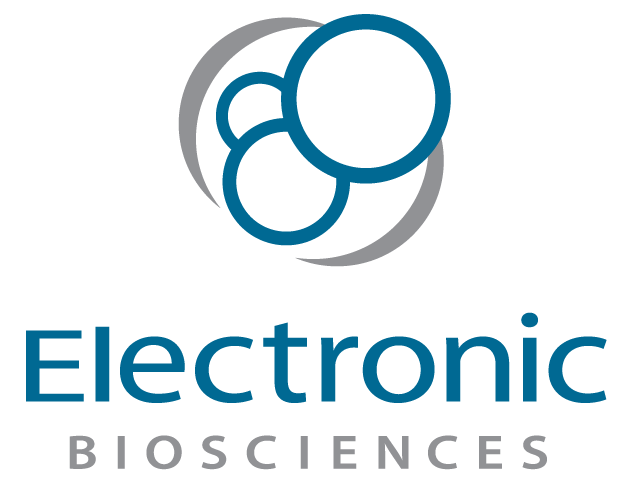
DNA Sequencing
 In the process of sequencing DNA with nanopores, a single strand of DNA is run through a nanopore such as a protein pore and the sequence is read out as distinct current levels for each base (A, C, G and T). Almost no specialty chemicals are required since the DNA does not need to be amplified and fluorescent tags are not required. The potential exists to directly read out very long stretches of DNA at an exceptionally low cost. EBS and our collaborators are performing both basic and applied research to solve aspects of the current nanopore sequencing problems. In particular, we are investigating methods to control the motion of the DNA through the pore, increase the contrast between bases, and reduce the apparatus noise. When these problems are solved, nanopore sequencing will be in a position to revolutionize the way that DNA information is measured.
In the process of sequencing DNA with nanopores, a single strand of DNA is run through a nanopore such as a protein pore and the sequence is read out as distinct current levels for each base (A, C, G and T). Almost no specialty chemicals are required since the DNA does not need to be amplified and fluorescent tags are not required. The potential exists to directly read out very long stretches of DNA at an exceptionally low cost. EBS and our collaborators are performing both basic and applied research to solve aspects of the current nanopore sequencing problems. In particular, we are investigating methods to control the motion of the DNA through the pore, increase the contrast between bases, and reduce the apparatus noise. When these problems are solved, nanopore sequencing will be in a position to revolutionize the way that DNA information is measured.
